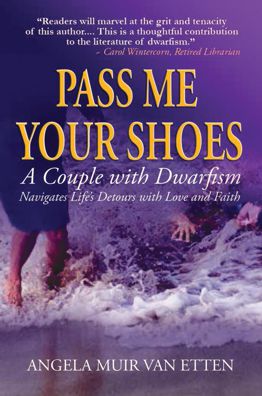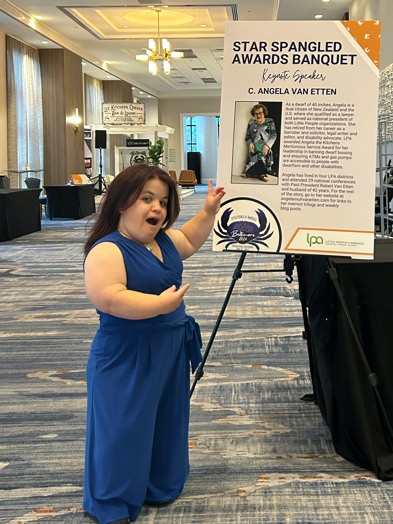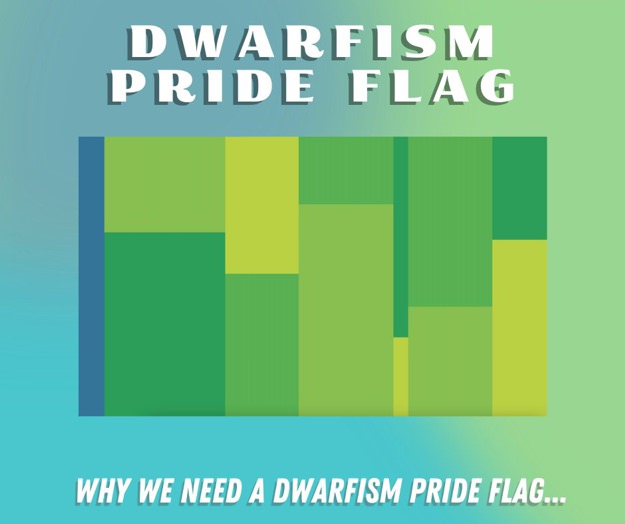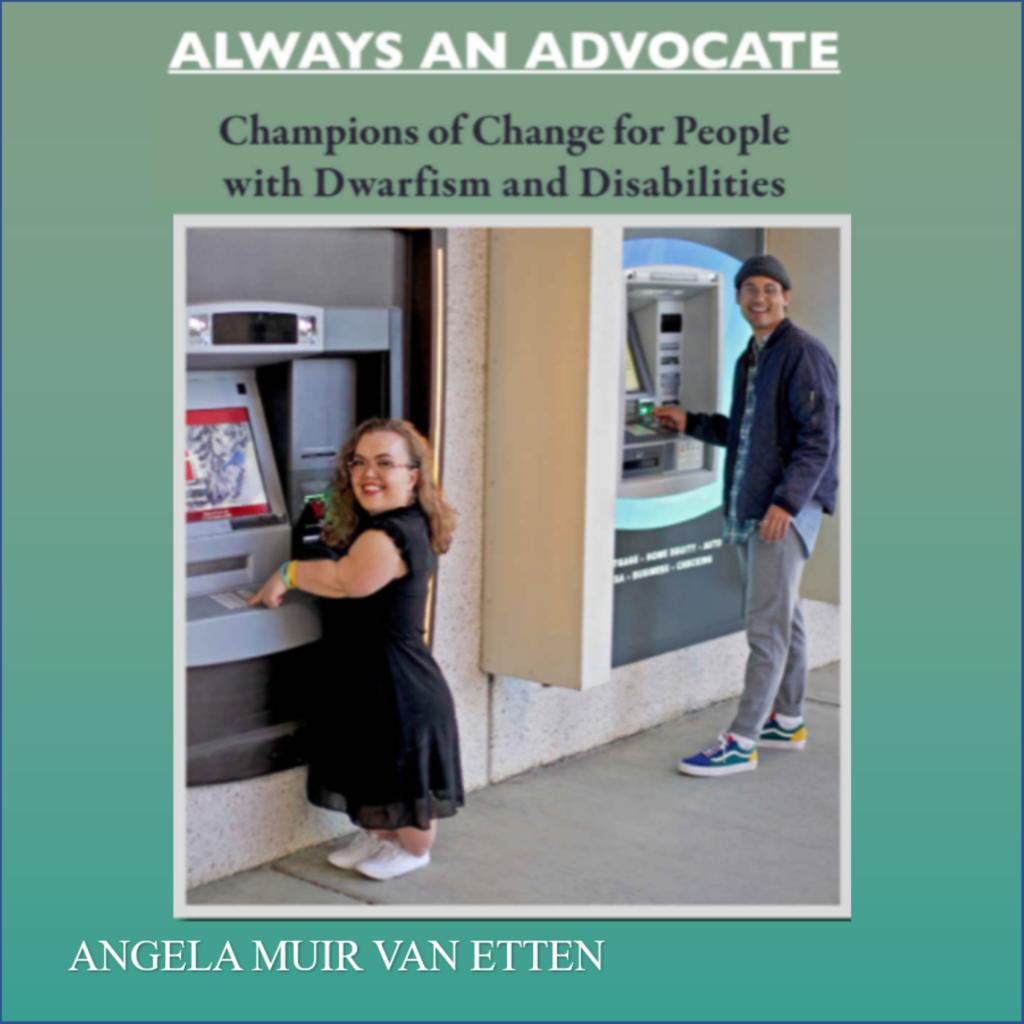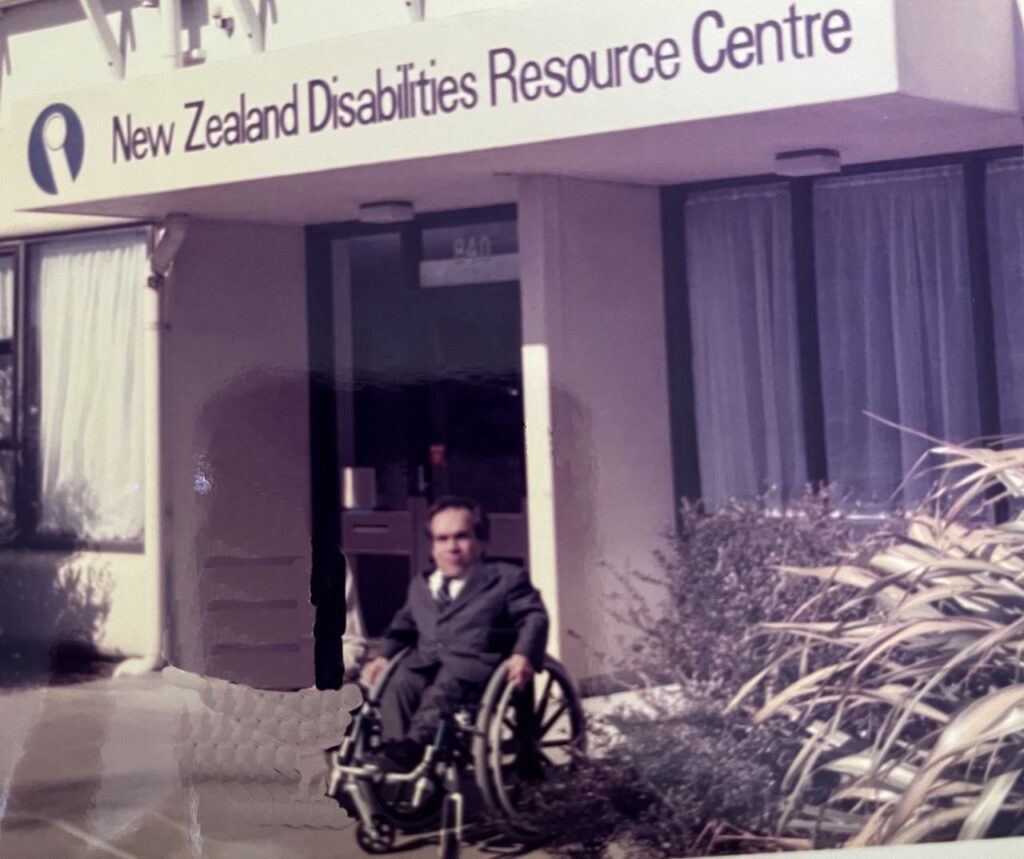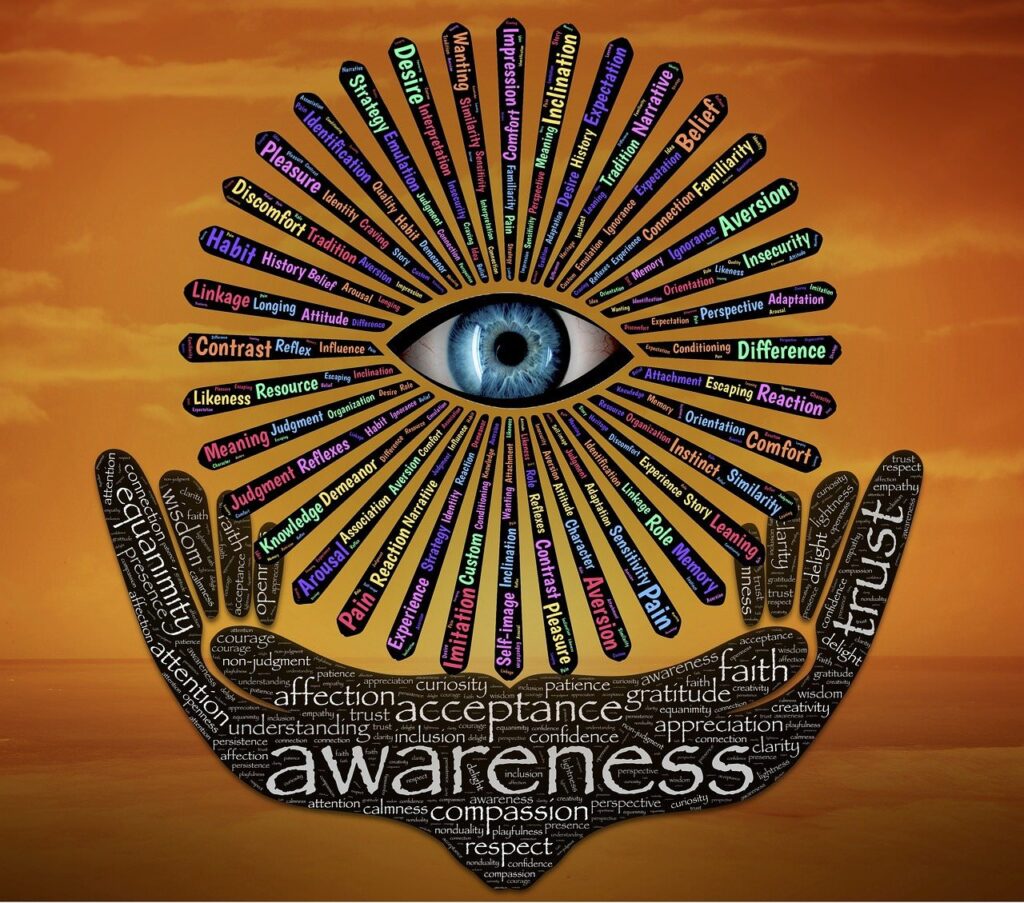Agency Guidance Now a Mandate
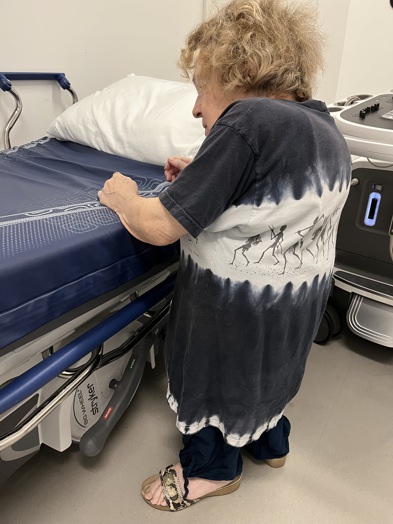
People with disabilities continue to face barriers to getting medical care because of inaccessible Medical Diagnostic Equipment (MDE). Barriers can include exam tables with heights that cannot be adjusted, mammography machines that require a person to stand, or weight scales that do not accommodate wheelchairs. These barriers result in inequities and exclusion from basic health services for individuals with disabilities, contributing to poor health outcomes.
Twice I have written blog posts on inaccessible MDE. Remember my question on April 19, 2021:
“Does anyone hear the call to advocate for making accessible MDE mandatory?”
Want to subscribe to receive blog updates sign up today!
How about the question and answer in my March 18, 2022 post:
“So where do we go to file a discrimination complaint? The answer is NOWHERE.”
Three years later, I’m excited to report that two federal agencies—Health and Human Services (HHS) and the United States Department of Justice (DOJ)—have adopted “Standards for Accessible MDE” developed by the Architectural and Transportation Barriers Compliance Board (Access Board). This is monumental news! The Standards are no longer mere guidance, but are enforceable federal law under section 504 of the Rehabilitation Act or Title II of the Americans with Disabilities Act (ADA)!
HHS was the first agency to adopt the Access Board’s “Standards for Accessible MDE on May 9, 2024” when it adopted the 2017 edition which allowed a low transfer height of 17 to 19 inches. However, the Access Board revised the accessible MDE Standard on July 25, 2024 to specify a low transfer height of 17 inches for MDE used in the supine, prone, side-lying, and the seated position. Although HHS has indicated its’ intent to adopt the update, until this happens the 17-inch mandate is not enforceable.
On August 9, 2024, the DOJ issued a final and enforceable rule under ADA Title II to improve access to MDE for people with disabilities. The rule clarifies how public entities that use MDE, like hospitals and health care clinics operated by State or local governments, can meet their obligations under the ADA. As Assistant Attorney General Kristen Clarke, Civil Rights Division, DOJ, announced:
“Thirty-four years after passage of the ADA, people with disabilities should not have to forgo needed medical care due to inaccessible medical diagnostic equipment.”
Highlights of the DOJ rule requires the following of State and local government entities:
- Beginning on October 8, 2024, all MDE that state and local government entities purchase, lease, or otherwise acquire must be accessible, until the entities have the required amount of accessible MDE.
- Although not every piece of existing MDE is required to be accessible, entities must ensure that their services, programs, and activities that use MDE are accessible to individuals with disabilities.
- Entities that use examination tables and weight scales must have at least one accessible examination table and weight scale by August 9, 2026.
- Entities must have staff qualified to operate accessible MDE.
ALERT: On September 5, 2024, from 2:30–4:00 p.m. (ET), the Access Board will provide an overview of its’ July 26, 2024 final rule on accessibility standards for MDE. See https://www.accessibilityonline.org/ao/schedule/.
You may also want to read:
“Nondiscrimination on the Basis of Disability; Accessibility of Medical Diagnostic Equipment of State and Local Government Entities.” Civil Rights Division, U.S. Department of Justice. August 9, 2024. https://www.federalregister.gov/documents/2024/08/09/2024-16889/nondiscrimination-on-the-basis-of-disability-accessibility-of-medical-diagnostic-equipment-of-state.
“Fact Sheet: New Rule on the Accessibility of Medical Diagnostic Equipment Used by State and Local Governments.” Civil Rights Division, U.S. Department of Justice. August 08, 2024. https://www.ada.gov/notices/2024/08/08/mde-fact-sheet/
“U.S. Access Board Issues Final Rule Setting Low Transfer Height for Certain Medical Diagnostic Equipment.” Access Board. July 26, 2024. https://www.access-board.gov/news/2024/07/26/u-s-access-board-issues-final-rule-setting-low-transfer-height-for-certain-medical-diagnostic-equipment/
“Standards for Accessible Medical Diagnostic Equipment.” Architectural and Transportation Barriers Compliance Board (Access Board). July 25, 2024. https://www.federalregister.gov/documents/2024/07/25/2024-16266/standards-for-accessible-medical-diagnostic-equipment
“Nondiscrimination on the Basis of Disability in Programs or Activities Receiving Federal Financial Assistance.” Health and Human Services Department. May 9, 2024. https://www.federalregister.gov/documents/2024/05/09/2024-09237/nondiscrimination-on-the-basis-of-disability-in-programs-or-activities-receiving-federal-financial
Angela Muir Van Etten. “MEDICAL DIAGNOSTIC EQUIPMENT: Proposed for State and Local Government Entities.” Blog post, January 15, 2024. https://angelamuirvanetten.com/medical-diagnostic-equipment-proposed-for-state-and-local-government-entities/
Angela Muir Van Etten. “Tackling Inaccessible Medical Equipment, Part II.” Blog post, March 18, 2022. https://angelamuirvanetten.com/tackling-inaccessible-medical-equipment-part-ii/
Angela Muir Van Etten. “Tackling Inaccessible Medical Equipment.” Blog post, April 19, 2021. https://angelamuirvanetten.com/tackling-inaccessible-medical-equipment/

